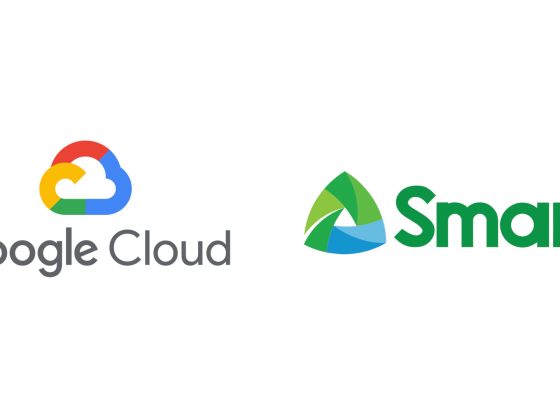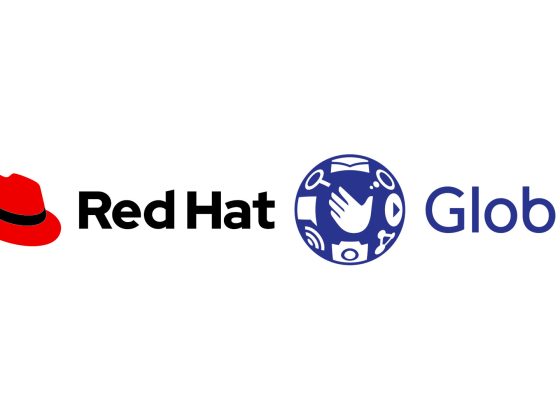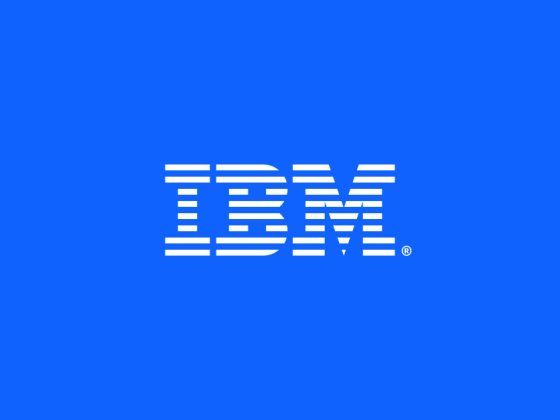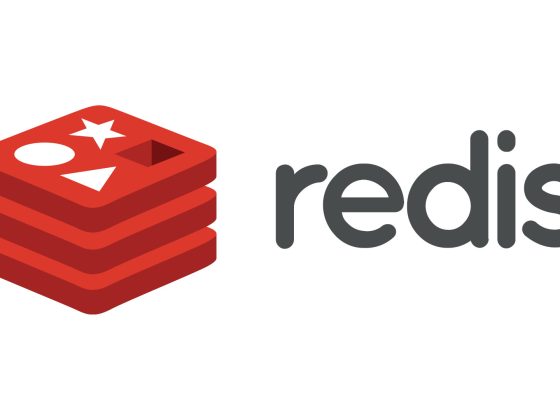Nowadays businesses witness great challenges. Previously, the software services in any organization were solely for back-office functions which were important for businesses. In those days, the main services offered by companies were physical. But now things have changed. Now more and more businesses have shifted to digitization, hence are delivering their basic services digitally to their customers. Now customers demand features and functionality be delivered quickly with optimal users experiences. Keeping in view, competition in the market, organizations nowadays need a software architecture that resembles highly efficient factory assembly lines. To cater to the demands of today’s competitive market, Containers & Microservices have emerged.
Containers & Microservices = The Best Match
Microservices:
Microservices is a significant architecture style of software applications, which primarily focus on cloud-native deployment to achieve quick and continuous delivery. Usually, microservices are positioned within the containers to enable the unremitting deployment of large and complex IT application. Every microservices can be mounted, deployed and reused independently from other services in the application. Every microservices is self-contained so it doesn’t share data with other.
From our partners:
Microservices reusability allows endless updates to the main application. It also carries automation capabilities through well-defined intercommunication APIs. Many tech companies and business have shifted to cloud-native infrastructure with the help of microservices. Moreover, now they are able to achieve a high degree of automation upgrades for new features. In this way delivery time of services to market will greatly reduce.
Containers:
Containers basically is a method of operating system virtualization with which one can run an application and its dependent resources. With Container, one can easily encase application code, configurations and dependencies into building blocks. These blocks deliver environmental consistency, operational efficiency, developer productivity, and version control. Virtualization has revolutionized the whole IT industry and has provided an opportunity for tech vendors to offer different IT-based services to consumers.
Containers are commonly used to run each Microservice. They basically serve as a lightweight “envelopes” used to make software portable. Containers needed for each microcontainer can be dynamically created or destroyed, depending on the load. Due to this reason automation is essential.
Usability of Containers
Containers are useful for:
- Containers are beneficial at the edge level of networks. At the edge levels of networks, low latency, resiliency, and portability requirements are tremendously significant.
- They are also useful for positioning short-lived and ephemeral services.
- Containers are advantageous in machine learning models where a problem can be separated into small sets of tasks.
Conclusion
Nowadays, innovation is still the differentiator. When you have to compete with your rivals, you do not wait for the next production means, technology or business model to be provided to you. You have to create the change you want to create a change, you have to adopt modern technologies in order to be successful.
Now network consumers expect more from MNOs and IT sector. After the development of 5G, there will be new demands and requirements which companies would have to fulfil. Only Containers & Microservices are two technologies that will be able to deliver on the new requirements of network users. Moreover, Microservices and service virtualization enables tech giants and vendors to offer a wide variety of IT services which are based on cloud computing.
Source OVOO blog
For enquiries, product placements, sponsorships, and collaborations, connect with us at [email protected]. We'd love to hear from you!
Our humans need coffee too! Your support is highly appreciated, thank you!








